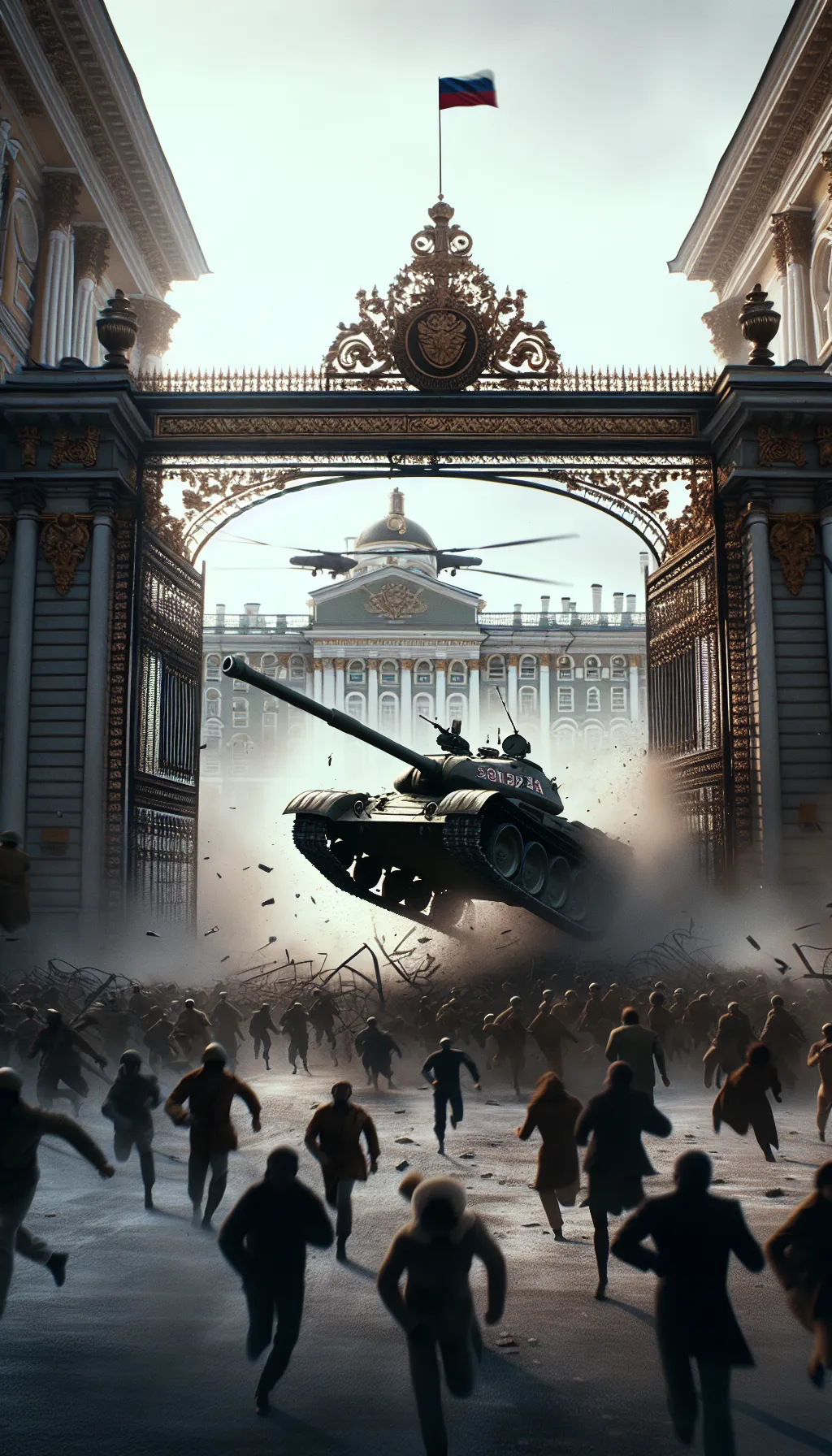Vietnam – The Fall of Saigon – April 30, 1975
TLDR;
- Event: On April 30, 1975, North Vietnamese forces captured Saigon, marking the end of the Vietnam War with a T-54 tank crashing through the gates of the Presidential Palace.
- Evacuation: U.S. helicopters conducted frantic evacuations from locations like the U.S. Embassy and Tan Son Nhut Air Base, leaving many South Vietnamese behind.
- Aftermath: The formal reunification of Vietnam under communist control was declared on July 2, 1976, after a period of provisional military administration in the South.
- Legacy: The Fall of Saigon symbolized the end of American involvement in Vietnam and the beginning of a new era for the country, with the ‘boat people’ crisis highlighting the desperation of those fleeing post-war retribution.
–
Story
The air was thick with tension and the sound of helicopter blades slicing through the humid air. It was April 30, 1975, and Saigon was on the brink of collapse. As North Vietnamese forces entered the city, the defining moment came when a T-54 tank crashed through the gates of the Presidential Palace (Independence Palace), marking the symbolic fall of Saigon. The streets were filled with chaos and desperation. The Fall of Saigon was not just the end of a city; it was the end of an era.

For years, the Vietnam War had raged on, a brutal conflict that had divided nations and families. The United States had poured resources and troops into South Vietnam, determined to prevent the spread of communism. But by 1975, the tide had turned. The North Vietnamese Army, relentless and resolute, was closing in on Saigon, the capital of South Vietnam.
As the North Vietnamese forces breached the city, the scene was one of pandemonium. American helicopters frantically evacuated U.S. personnel and at-risk South Vietnamese citizens from multiple locations, including the rooftop of the CIA station (the Pittman Apartments), the U.S. Embassy, and the Defense Attaché Office (DAO) compound at Tan Son Nhut Air Base. Not all at-risk South Vietnamese were evacuated—many were left behind due to limited space and time. Thousands of South Vietnamese, fearing retribution, would later seek escape, with the mass exodus peaking in the late 1970s as the ‘boat people’ crisis unfolded.
The capture of Saigon marked a turning point, not just for Vietnam, but for the world. It signaled the end of the Vietnam War. However, formal reunification of Vietnam under communist control did not occur until July 2, 1976, when the Socialist Republic of Vietnam was officially declared. Before that, the South was under provisional military administration. The images of helicopters lifting off from the embassy roof became iconic, symbolizing both the end of American involvement and the start of a new chapter for Vietnam.
The Fall of Saigon was a moment of profound change, a dramatic conclusion to a conflict that had shaped a generation.
–
| Would a different strategy have changed the outcome of the Vietnam War? |